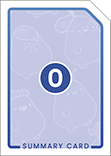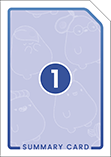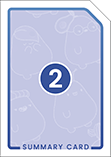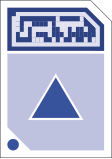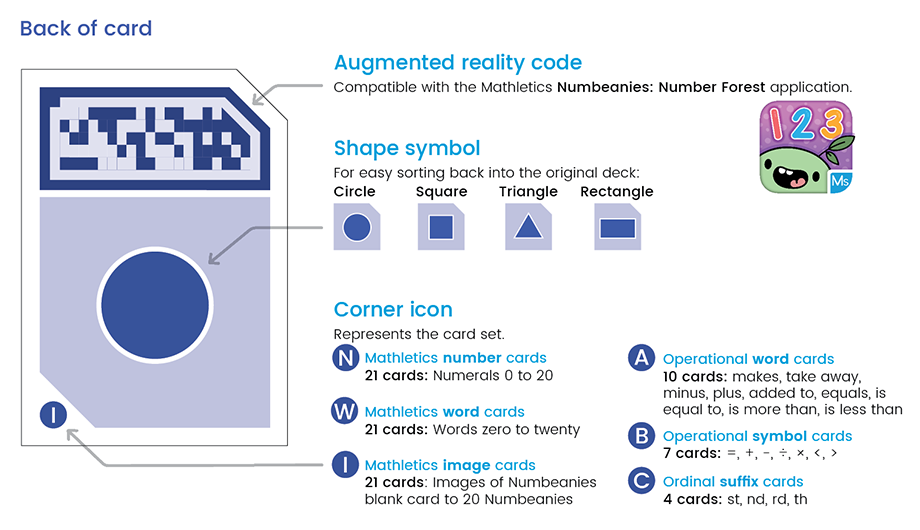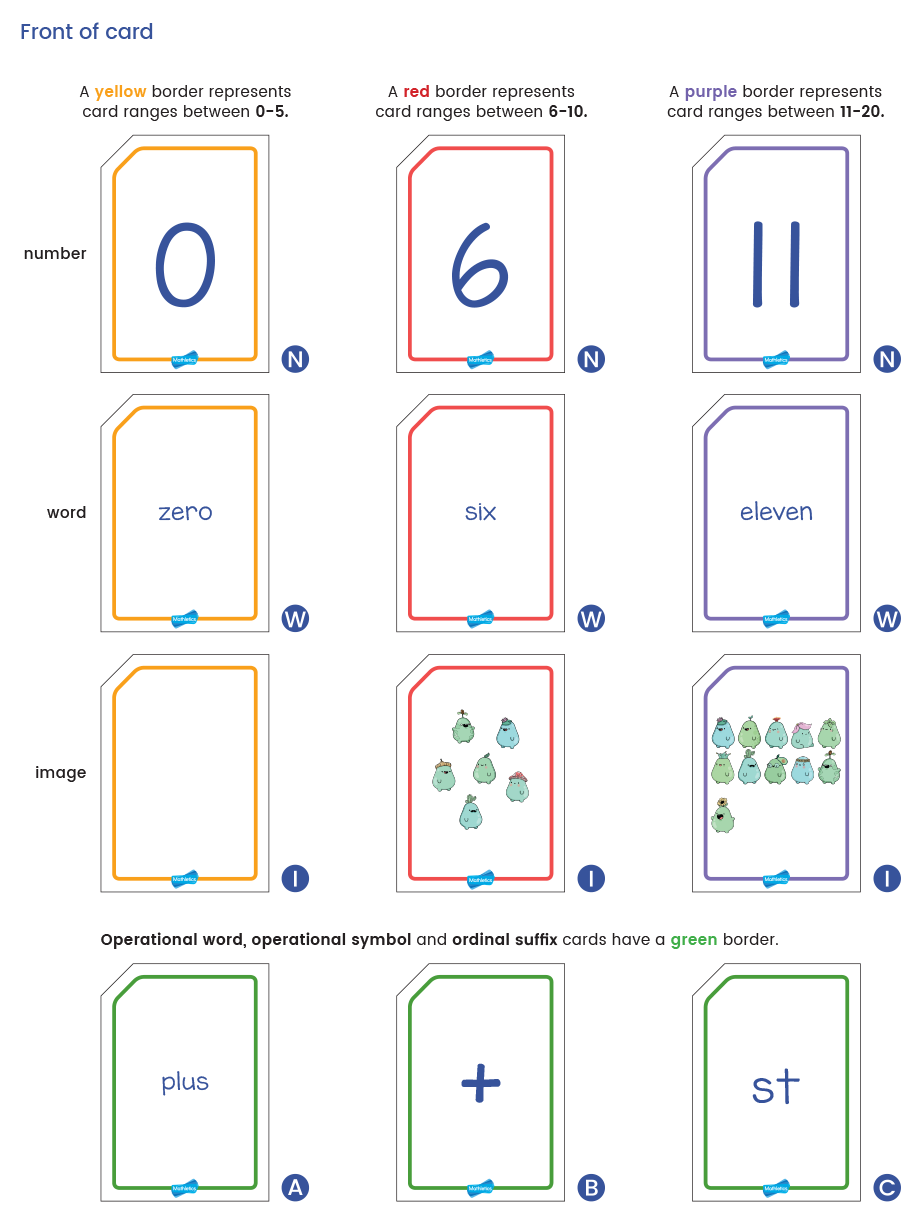Back to card games
Card games
Build a number
Strand NumberTopic Addition
- 0
- Prep < 5 mins

- Play 5-10 mins

 Pairs
Pairs
Summary
In this game, students build addition facts using cards and counters.
Curriculum content
- Adding using concrete materials
- Finding addition facts within 5 (optional: extend up to 20)
Materials
Card sets
- 1 set of Mathletics number cards 1 to 5 (or up to 20)
 1-5
1-5 - 1 set of Mathletics word cards or Mathletics image cards to 5 (or up to 20)
 1-5
1-5
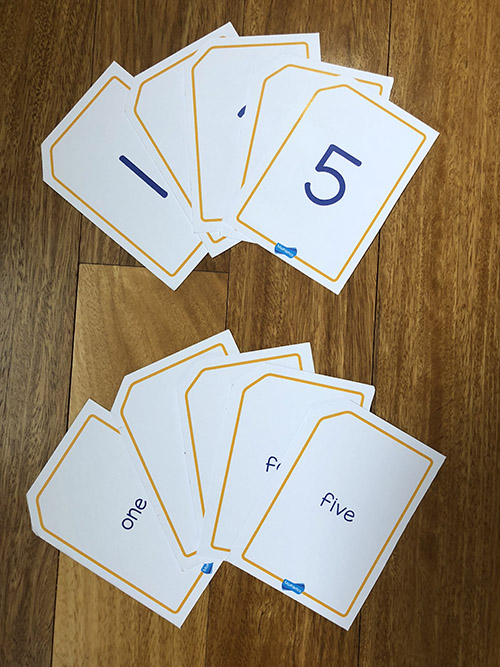
Concrete
- 30 counters, cubes or other concrete objects
Printables
- Part-part-whole playing mat Download playing mat
How to play
Set up
- Arrange students into pairs.
- Shuffle or mix up the cards and place them in a pile face down.
- Pairs need a collection of 30 counters/cubes and a part-part-whole mat to share.
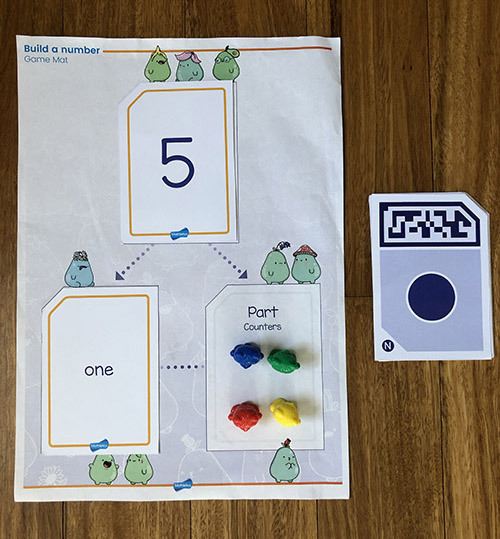
Rules
- Player 1 turns over 2 cards.
- The bigger number is placed on the ‘whole’ section of the playing mat.
- The smaller number is placed on the first ‘part’ section.
- Player 1 uses objects to make an addition fact using the part-part-whole model, eg 5 (bigger card – whole) is made with 1 (smaller card – part) and 4 (objects – part)
- Player explains their addition fact to Player 2 who confirms if it is correct.
- Player 1 keeps the objects they used to make the addition fact.
- Players continue to take turns until all the objects are used.
- The player with the most objects wins.
Variations
CHANGE it down
- Students requiring support can choose only the ‘whole’ card and use counters to make both ‘parts’ of the addition facts.
CHANGE it up
- Extend the number range by including cards up to 10 or 20.
- Students to record their addition facts on paper, sticky notes or a whiteboard to share with the class.
What to look for
- Do students use the language of calculation (add, take away, altogether, in total …)?
- Are students able to compose equations verbally?
- Do students understand the consequences of zero as a part?
